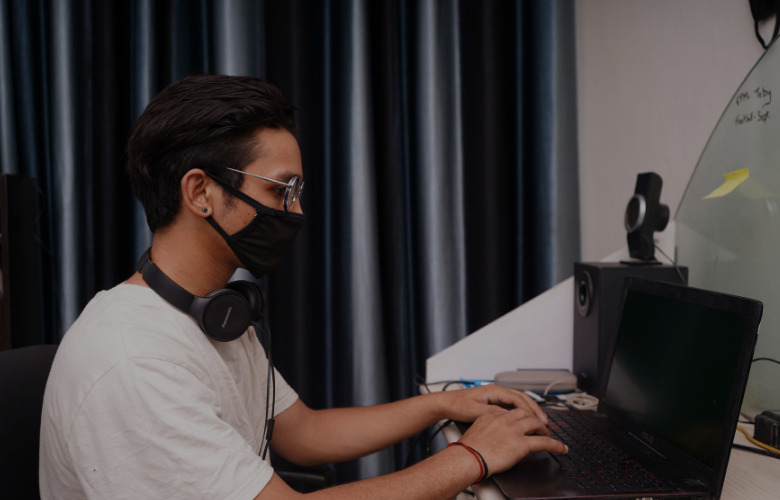
Transitioning from traditional methods of learning to electronic/on-line learning is the next paradigm shift for our industry. This shift will have its set of advantages and draw backs just as traditional methods have. However, I envision this will benefit learners and give them a more solid foundation of fundamentals before embarking upon advanced topics.
Video platforms like YouTube and Vimeo have become popular places to find how-to videos on a variety of topics. These platforms are most likely where learners will begin learning: a new skill, about a product, or basic troubleshooting. These videos will range between 5 – 30 minutes, cover a very specific topic, and be part of a comprehensive training program outlined by the Manufacturer or Training Partner. Part of the program will be watching videos in a prescribed sequence in which the next video builds on the previous one. This will improve logical flow and boost retention. Users will benefit from the ability to save their progress or review a video if they did not understand the topic.
This is where a comprehensive plan from the manufacturer or Training Partner becomes important. A final competency test of the basic skills learned is needed. To assist and prepare learners for this test, an electronic “workbook” will be distributed. The workbook will contain exercises to be completed alongside the video series, questions to provoke long term memory retention, and practice tests. Going through official channels will also grant access to instructors to help answer questions that arise while self-teaching. Upon completion of the competency test, the learner will be given a basic certification which entitles them to attend a more advanced on-line training course.
On-line classes will be smaller and more intimate than traditional methods. Each student deserves the instructors’ attention. To do that there will most likely be a video conferencing environment for lectures/demonstrations and a custom lab environment for student exercises. This enables the instructor to spend more one-on-one time with each student as needed. There may or may not be a competency test after the class, this will be decided by the manufacturer/instructors and will be dependent on topic complexity, amount of material covered, and whether or not there are continuing education credits attached to the course. This will cover about 95% of the needs of students and skill sets, leaving just 5% to be covered by traditional methods.
The final 5% will be for the highest-level content and master classes. Most of these topics will be the items that require travel to a training facility or convention. At first, expect students to travel to training facilities as it is easiest way to control health variables. Since the content will be hyper focused, class sizes will be small. The classes may also only be one 8-hour day or two 4-to-6-hour days, depending on the amount of material that needs to be covered. Restrictions like this will ease up as the world begins to have a better handle on larger health concerns. These topics are also the least essential to the majority of operators and projects. Although topics such as 3D mapping and complex tracking sequences are gaining in popularity, they still make up a much smaller proportion in the market. Retention of information on topics such as these, without being able to learn with physical assets, is far more difficult if not unlikely.
The benefit is the rapidly growing availability of virtual learning opportunities across an increasing range of topics. Those who take advantage of this paradigm shift to electronic/on-line learning will undoubtedly gain an advantage as they solidify their understanding of industry fundamentals, strengthen existing skills, and develop new capabilities.
Staying Productive in These Surreal Times
Leaders: Do You Create or Hinder Success


A theatre geek at heart, Jim is the president of Show Sage LLC, an A/V technology company, and the managing director of Pixel Mosaic LLC, a digital media creation and execution company. As a member of USITT, CITT and EdTA, Jim and his team support many university theatre programs and theatre groups across the U.S. and Canada. Based in Chicago, Jim is also a member of several organizations that focus on youth development, leadership development and generally doing good in the world.
Read Full Profile© 2021 TheatreArtLife. All rights reserved.

Thank you so much for reading, but you have now reached your free article limit for this month.
Our contributors are currently writing more articles for you to enjoy.
To keep reading, all you have to do is become a subscriber and then you can read unlimited articles anytime.
Your investment will help us continue to ignite connections across the globe in live entertainment and build this community for industry professionals.